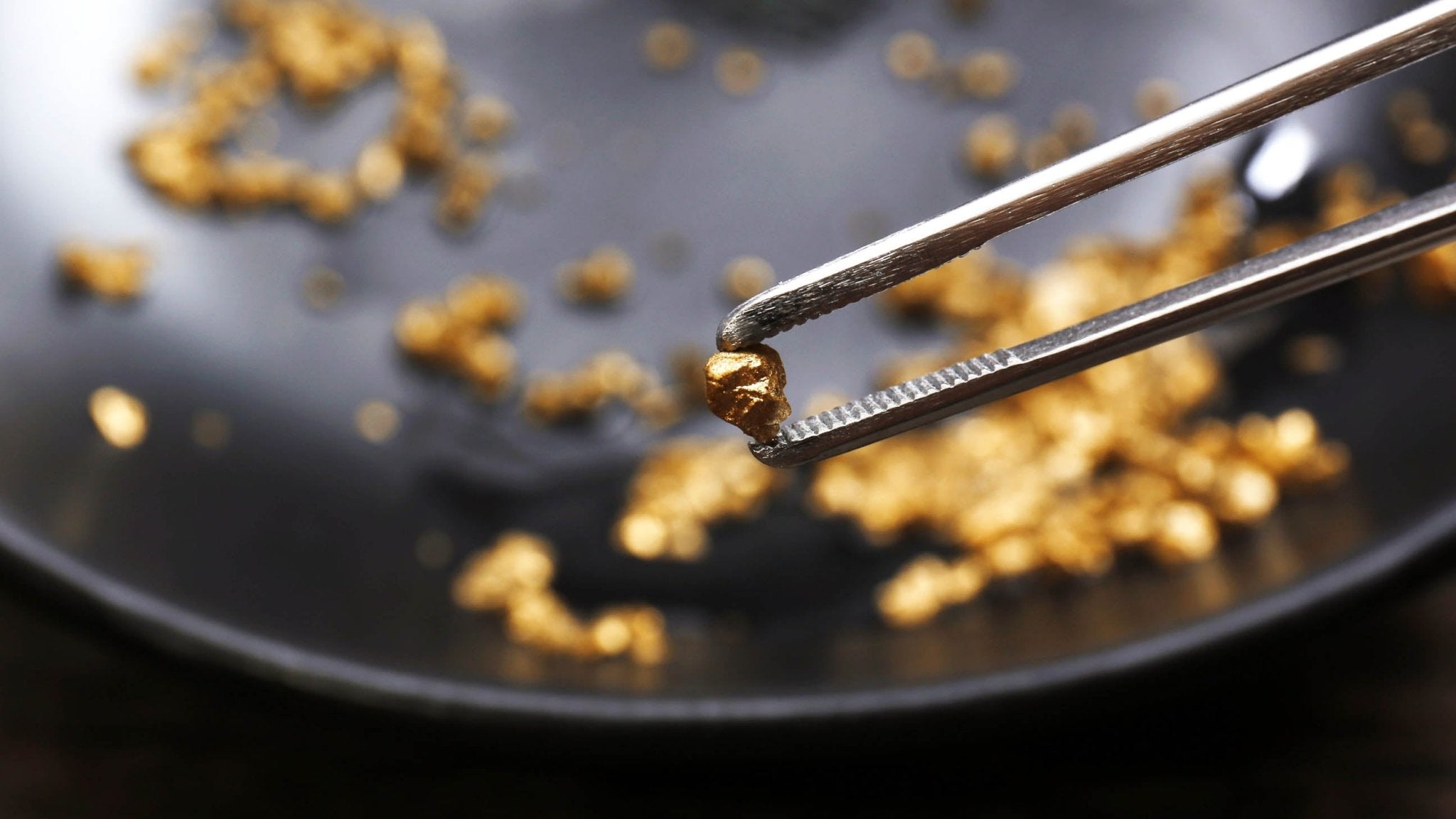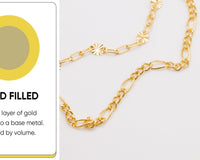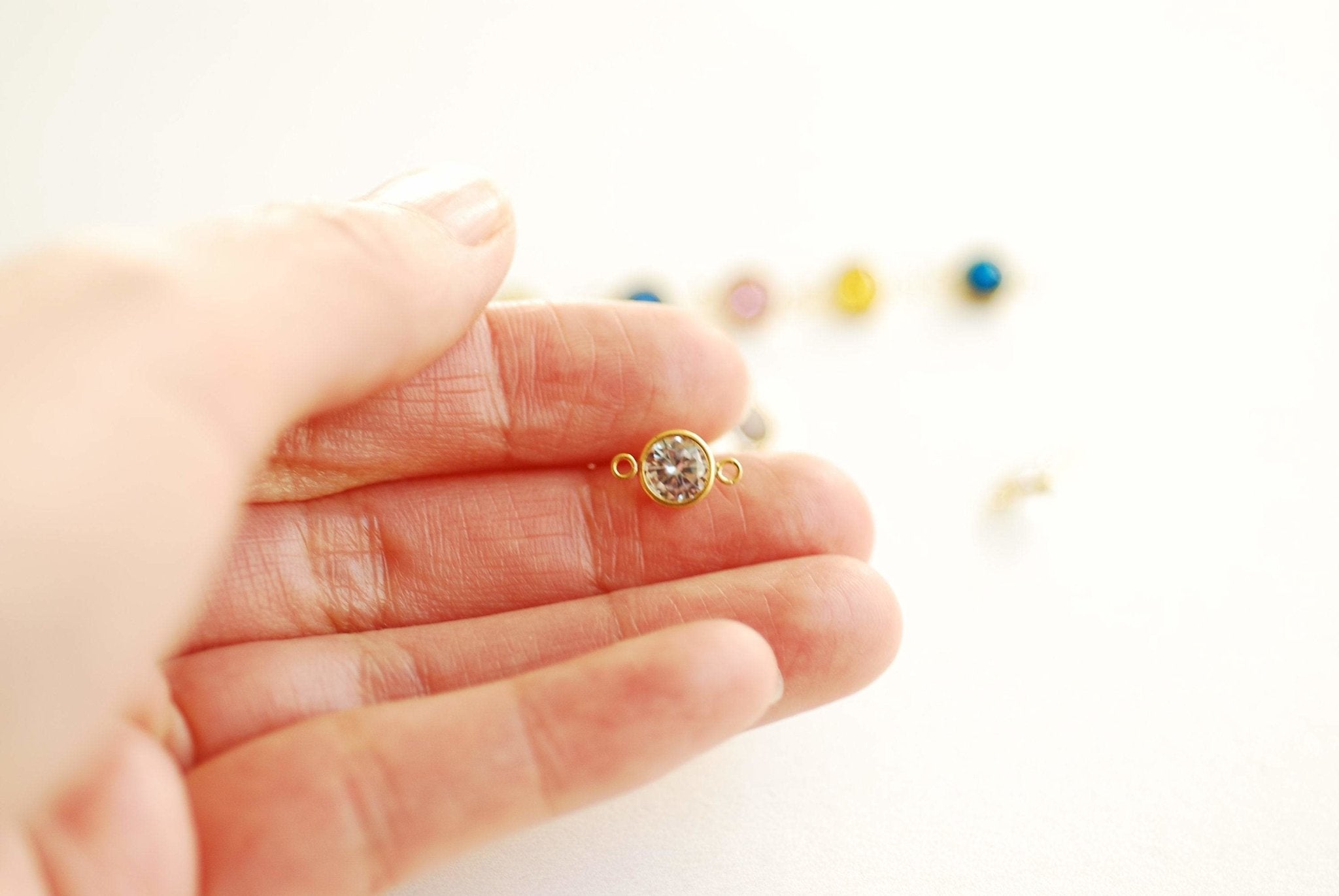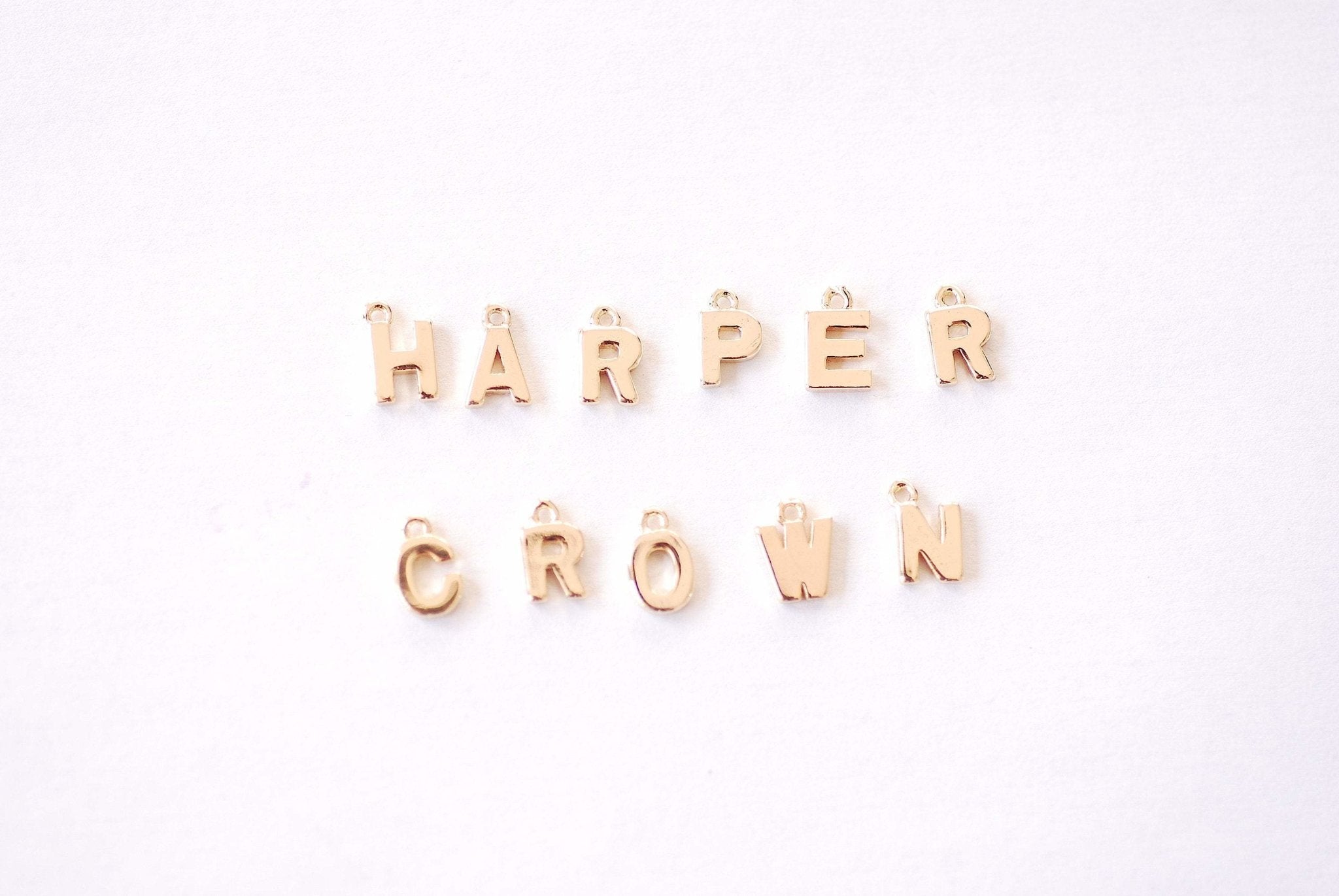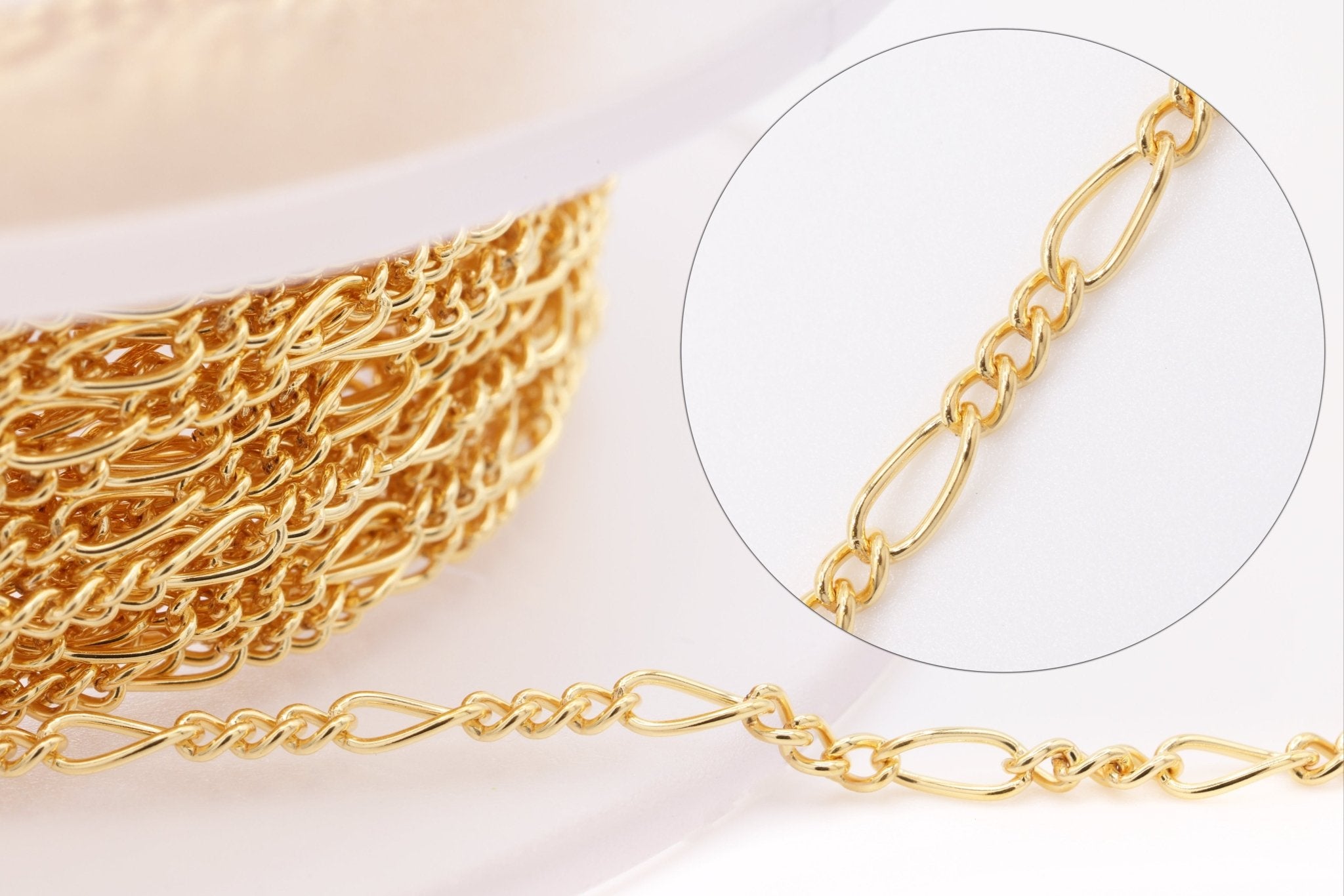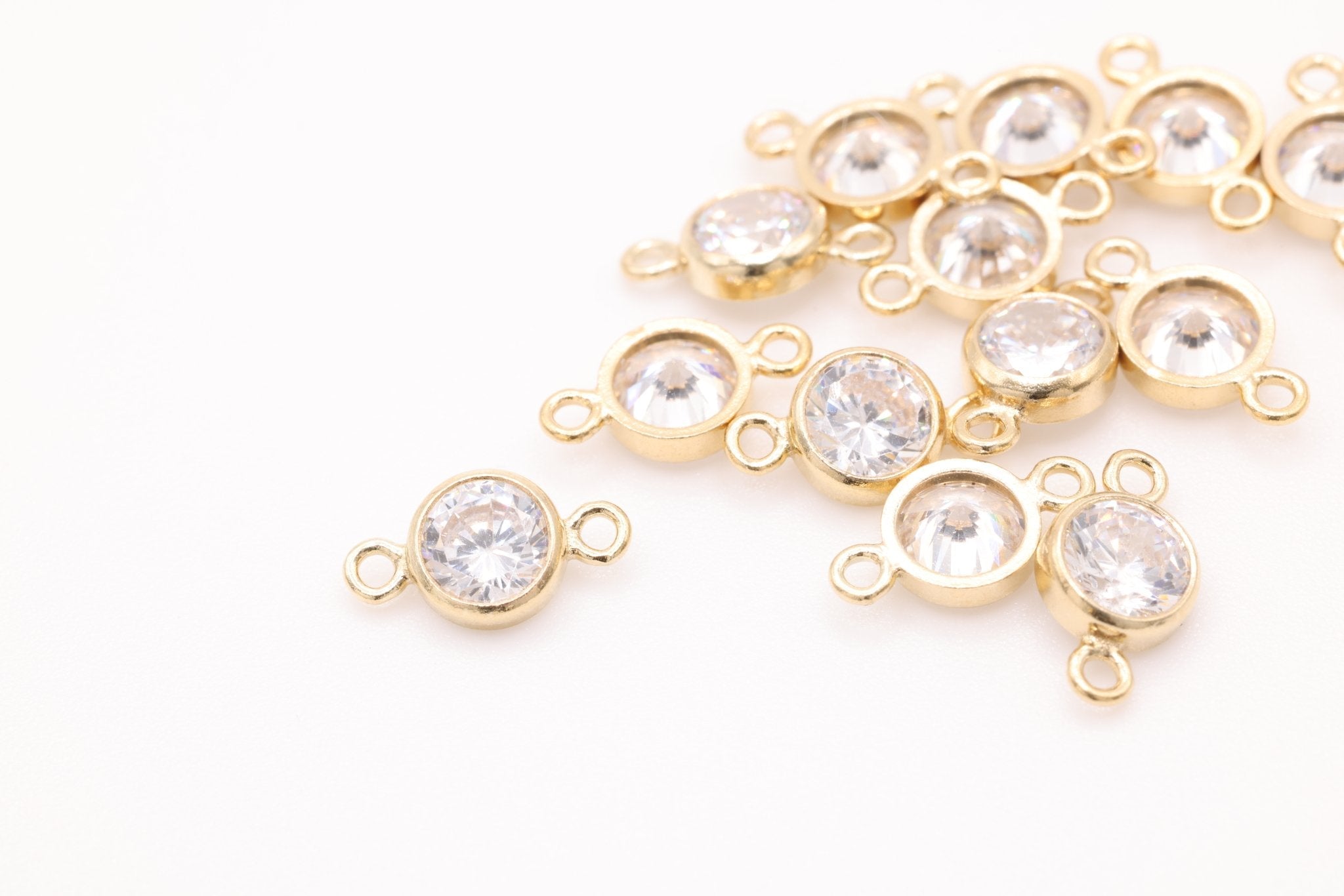10K Gold vs 14k Gold: What’s the Difference and Which is the Better Option?
By: Sawyer Wood
Gold jewelry is a classic - and that reputation is certainly well-earned. It can be found at nearly every brick-and-mortar jewelry store or online shop you can think of, is aesthetically-pleasing, can work for both bigger budgets and more conservative ones alike, and usually comes in a whole bunch of interesting designs to suit everyone under the sun. With rose gold, yellow gold, white gold, and a suite of “bronzier” tones available these days, it also manages too offer decent color variation for those who want something a little different from the norm.
Shopping for this solid pick can be difficult, though, made only worse due to the different karat choices out on the market. Even when you boil it down to two of the biggest, most common sellers, 10K and 14K, there’s still a lot that can trip up folks. Without some background knowledge on gold purity or what differences lie between the many varieties of gold jewelry, knowing what might be the right choice for one’s needs is left frustratingly out of reach. However, we can be of service here!
What is a Karat, Anyway?
To help you figure out whether 10K or 14K is the way to go, you first need to learn about the karat (not to be confused with the ‘carat’ used when talking about diamonds and other precious gemstones) . For those who haven’t heard the term before, a ‘karat’ is essentially a descriptor of gold purity, of how much actual gold makes up the piece in question versus how much is instead comprised of other metals.
This scale goes from 1K to 24K - 1K being just gold plating and 24Kbeingsolid gold - although traditional jewelry often ends up somewhere in the middle. And contrary to what you might expect, that’s a good thing! Not only does this keep costs down for both consumers and jewelers alike, it also provides a lot more functional bang for your buck.
Pure gold is a remarkably soft, malleable material. It can be bent, molded, and shaped to your heart’s content; which may be great for getting just the right fit but it’s terrible for longevity. Even a couple years of regular wear would absolutely decimate a 24K accessory, leaving it scratched, dented, and all around worn down beyond reasonable repair. Gold metal alloys usually won’t have this issue, though, since there are other, more rigid materials to provide some reinforcement, and that makes lower-karat jewelry options the better pick for most folks.
The Pros (and Cons) of 10K
Alright, your options have been narrowed down a bit but that doesn’t negate the fact you still have a choice to make. Both 10K and 14K gold work wonderfully for rings, bracelets, necklaces, and more, yet each come with some distinct characteristics, advantages, and disadvantages that you should consider before pulling the proverbial trigger.
As for 10K, price and durability are the main draws here. Really, you can’t ask for much better and certainly not without some major trade-offs. Containing 10 parts gold and 14 parts alloy, it’s significantly cheaper yet harder than its purer relatives and is ultimately pretty scratch/dent-resistant because of it. The odds of needing a replacement anytime soon: next to none, except perhaps for mechanics or other workers whose hands usually take a good beating.
Although, while the higher non-gold metal content of 10 karat jewelry offers some real strengths, it too brings several drawbacks. A higher likelihood of skin sensitivity/irritation is one of them, a direct consequence of 10K’s 58.3%alloy composition. Along with this, color and luster can take a serious hit -thanks to a lower gold content, you’re usually left with a dull yellow, almost white tone that happens to tarnish more easily.
Some people may like this look but others won’t, so try to figure out your tastes before moving past the window shopping phase. Either way, be sure you’re willing to put in some time for consistent cleaning and maintenance. This karat category needs it especially bad.
The Pros (and Cons) of 14K
Curious about what 14K gold has to offer compared to 10K? Well, the way gold’s classification system works, that gold to alloy ratio we saw for 10 karat jewelry is flipped. Now, that nearly 60% figure is attributed to gold content rather than other metals, so most of those pros and cons see the same switch.
Style, purity, and quality all see a boost with the increase to 14K. Color is a rich, warm, yellow; metal allergies are less likely to be triggered; and the rate of tarnishing is quite a bit slower than its 10 karat counterpart. Overall appearance just seems more expensive, as well, ensuring that jewelry-lovers don’t have to settle on aesthetics or risk “looking cheap” in order to save some hard-earned cash.
The Bottom Line
We get it, that was a ton of information - we don’t blame you if some of what we explained didn’t quite register! At the end of the day, though, what you really need to understand is that the best gold for you ultimately comes down to two things: personal preference and priority.
What matters more to you: price, longevity, luster, looks? What kind of color or tone do you prefer in your jewelry? Are you rough on your jewelry, easy, somewhere in-between? Is frequent maintenance okay with you or are you wanting something that doesn’t need as much care or cleaning? Each of your answers to these questions will be a huge help in guiding you to make the best purchase decision possible.
For those who are primarily looking for something that has a premium appearance without all the compromises associated with higher karat gold, then we’d be inclined to recommend 14K.

